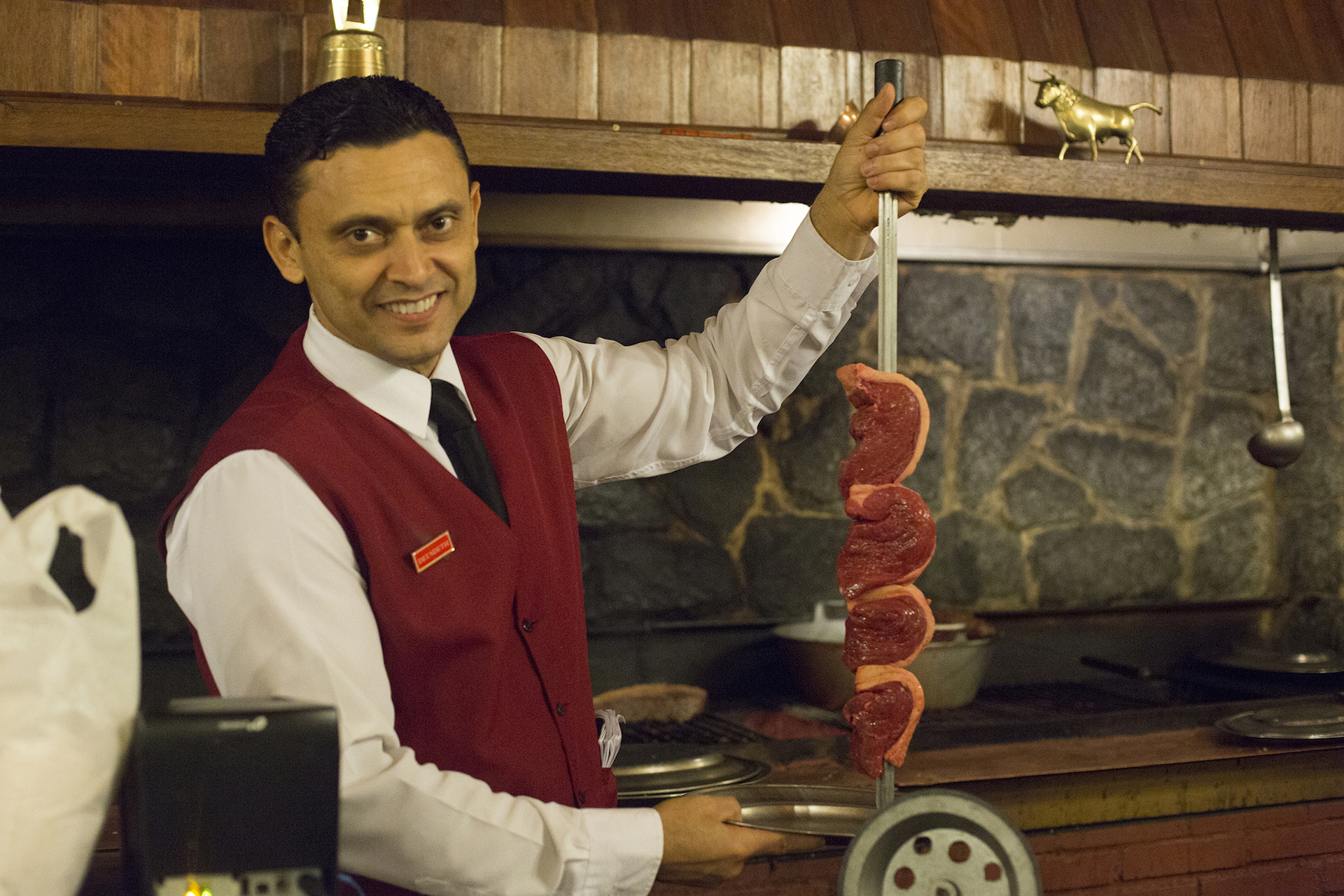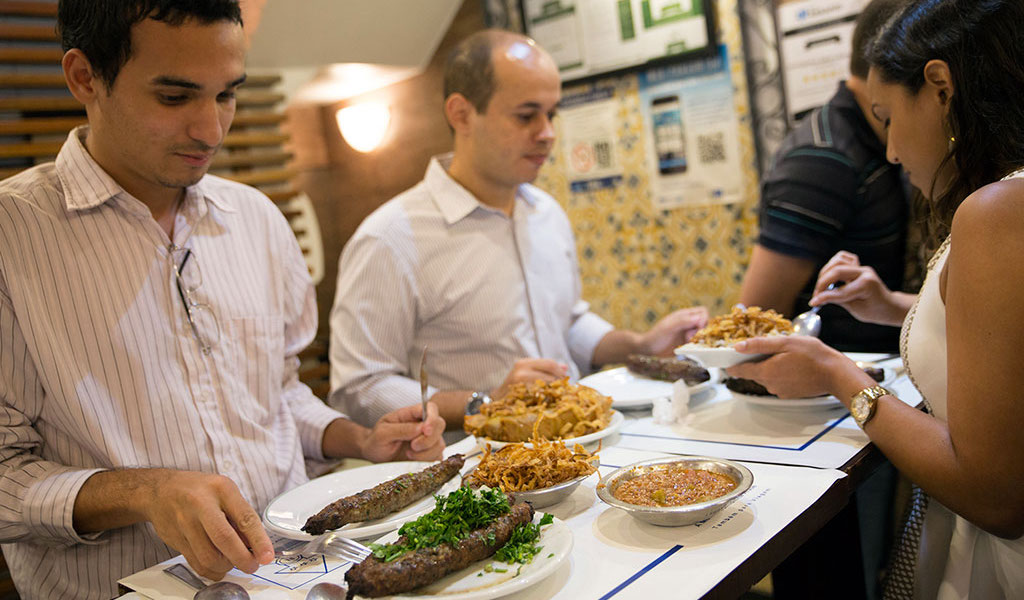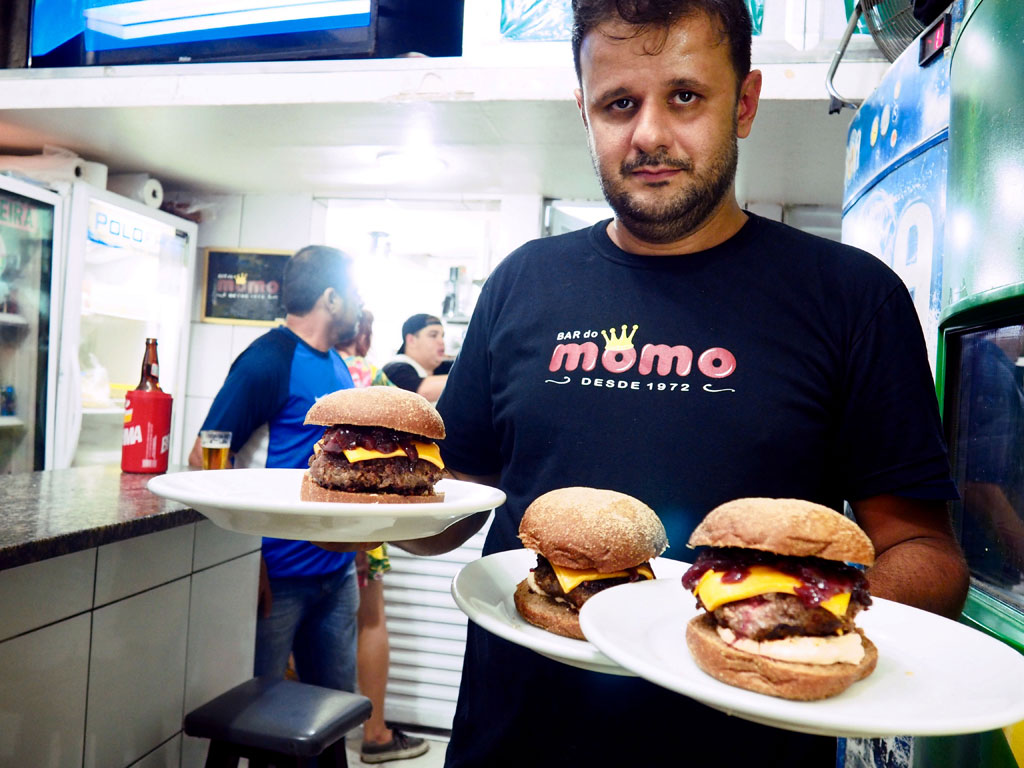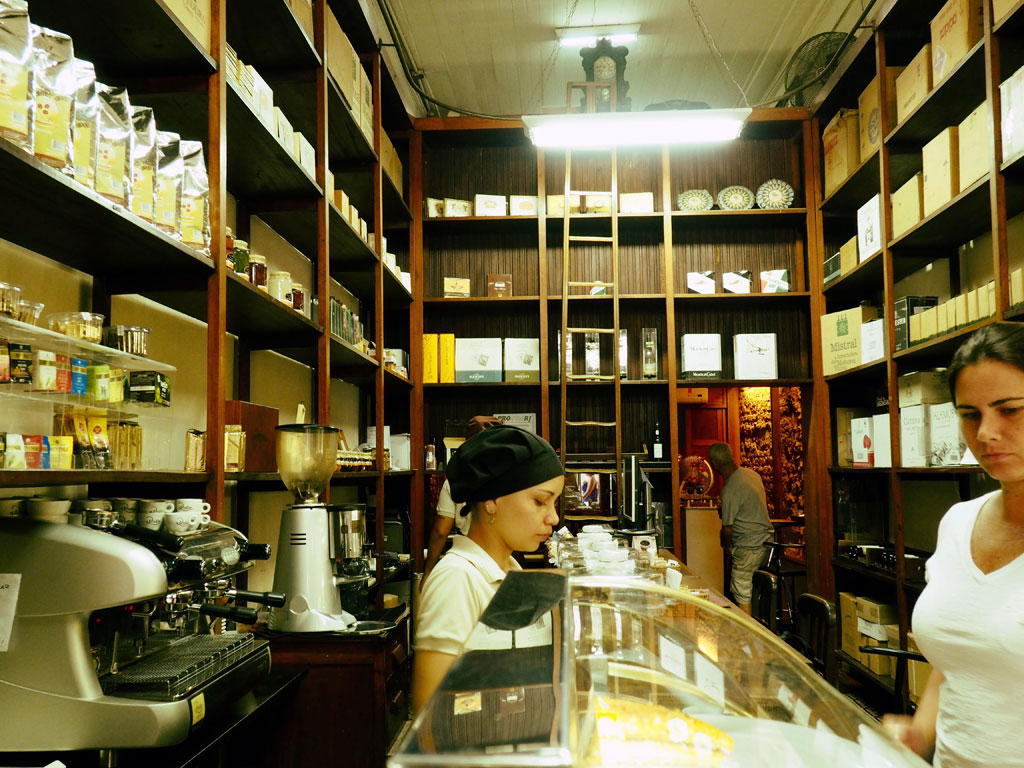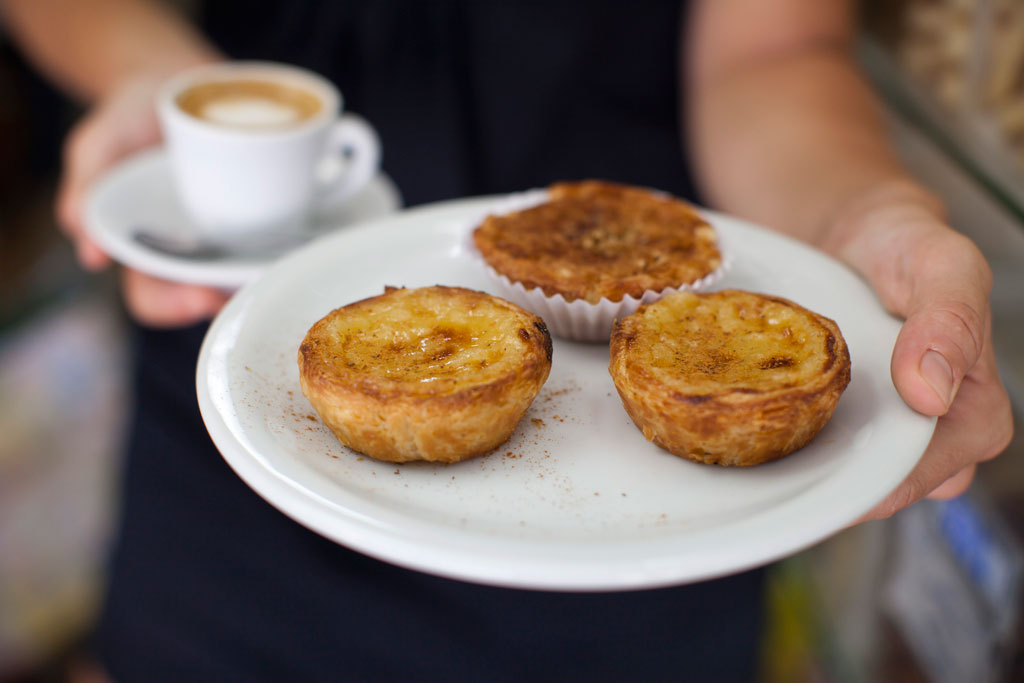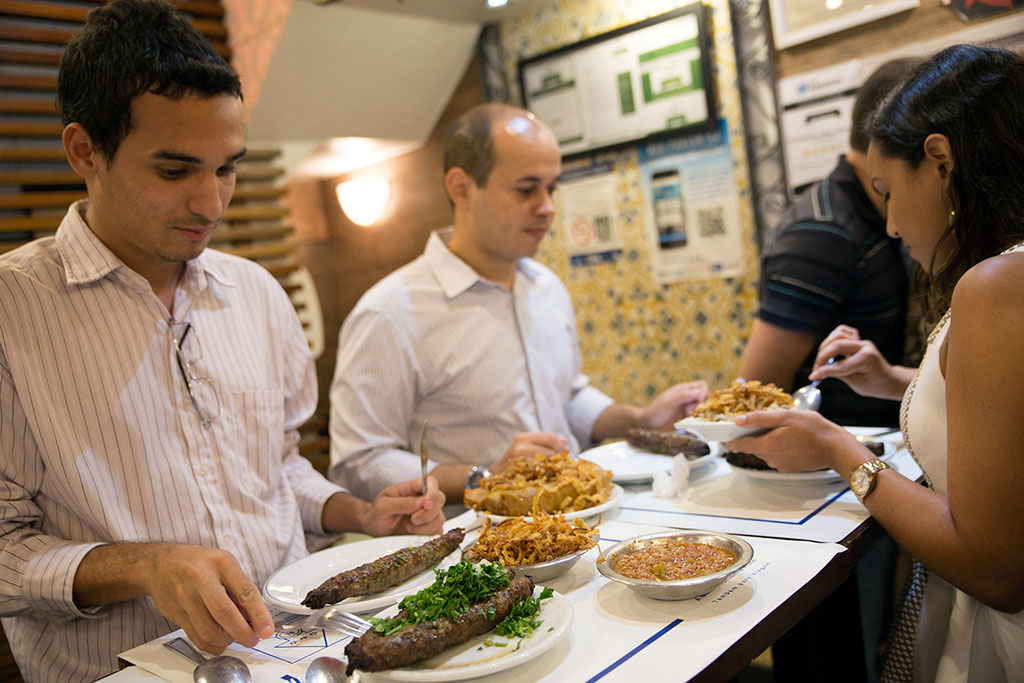We can't find the internet
Attempting to reconnect
Something went wrong!
Hang in there while we get back on track
Search results for "Catherine Osborn"
Rio
Majórica: Steak Date
If you go to Rio’s Café Lamas to see where leftist organizers met during Brazil’s military dictatorship, go to Majórica to eat steak where the city’s business and political elites gather today. Located on a residential street in Rio’s Flamengo neighborhood, the restaurant from the outside looks like a three-story house, but for the neon red cursive sign with its name. It was founded in 1963 by two brothers from the Spanish island of Majorca. When we last interviewed the owners in 2015, it was being run by the daughter of one brother, together with (then) 79-year-old Galician-born Ernesto Rodriguez, who worked his way up from being the restaurant’s janitor back in 1965.
Read moreRio
Rotisseria Sírio Libanesa: The Open Table
On a Monday at 1 p.m., private equity investor Nargilla Rodrigues and her two colleagues bring a fourth co-worker to the Rotisseria Sírio Libanesa in Rio’s Largo do Machado neighborhood to initiate him to their weekly lunch ritual. An army of diners in business attire have packed the small restaurant and clump around the to-go counter. Rodrigues grabs a standing table and fires off an order of stuffed cabbage leaves, kafta and lentil rice like they are shares in a fire sale. With the same auctioneer’s speed, but a deeper boom, Antonio Oliveira, an employee at the restaurant for 19 years, sends the order back to the kitchen. Soon the bankers’ small table is overflowing.
Read moreRio
Bar do Momo: Soul Pub
At Bar do Momo in Tijuca, there are many things to celebrate, but the two dishes starring jiló are particularly magnificent – and show how this little gastropub punches well above its weight. A green, meaty, slightly bitter cross between an eggplant and a pepper, jiló was brought to Brazil from West Africa during the slave trade. At Bar do Momo, the vegetable is served two ways: One is the jiló recheado, not unlike a chile relleno, stuffed with beef and mozzarella cheese that melts into a savory broth. The other is the only Brazilian guacamole worth your time: made from tangy pickled jiló, red onion, tomato, lime, cilantro, and Brazilian dedo de moça pepper.
Read moreRio
Charutaria Syria: Coffee and Cigarettes
Before thousands of Syrian and Lebanese immigrants arrived in Rio at the beginning of the 20th century, colonists organized the old city according to geography, chance and Spanish and Portuguese planning conventions. This meant stores in the same category – ironware, shoes, musical instruments – were grouped together, sometimes even allotted their own street. If you needed wholesale fabric, you headed to a different road than if you needed a new kitchen pot. When hard fortunes amidst the breakup of the Ottoman Empire brought residents of the regions surrounding Syria and Lebanon to Rio, many put down roots in an area then called “Little Turkey” on Alfândega Street, near the port
Read moreRio
Casa Cavé: Sugar-Glazed Glory
The popular saying that Rio is known more for its bar culture than for its café culture has serious counter-evidence in the old city. Beginning in 1808, when Portuguese emperor Dom João fled Napoleon and relocated his imperial court to Rio, European architects, businessmen and intellectuals followed him and attempted to show that their society could thrive in a tropical land. Many stayed on after the royal family returned to Portugal in 1822, and over the course of the 19th century filled the old city’s cobblestone streets with neoclassical row houses, Baroque revival churches and a Beaux-Arts theater. Into this mix, Frenchman Charles Cavé founded a bakery in 1860 in a pink Victorian building as frosted in white trim as the pastries it purveyed.
Read moreRio
Rotisseria Sírio Libanesa: The Open Table
On a Monday at 1 p.m., private equity investor Nargilla Rodrigues and her two colleagues bring a fourth co-worker to the Rotisseria Sírio Libanesa in Rio’s Largo do Machado neighborhood to initiate him to their weekly lunch ritual. An army of diners in business attire have packed the small restaurant and clump around the to-go counter. Rodrigues grabs a standing table and fires off an order of stuffed cabbage leaves, kafta and lentil rice like they are shares in a fire sale.
Read more